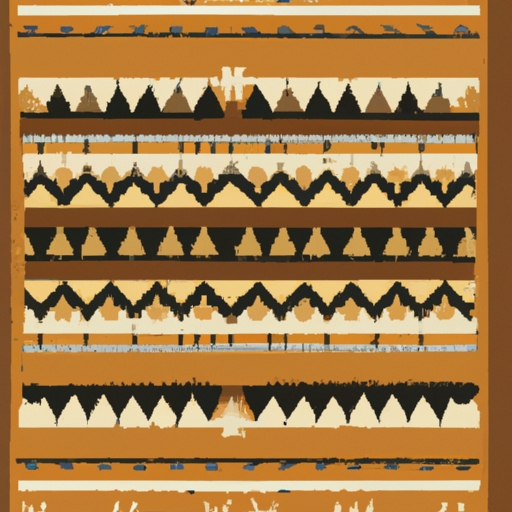what does native american mean on 23andme
Significance of the color green in Native American culture and symbolism
The Native American category on 23andMe DNA test results refers to a genetic ancestry that can be traced back to the indigenous peoples of the Americas. This category provides individuals with insights into their ancestral heritage and helps them better understand their family history.
It is important to note that 23andMe's Native American category does not specifically identify tribal affiliations or provide specific details about which tribe(s) an individual may be descended from. Instead, it indicates the presence of genetic markers commonly found in Native American populations.
The inclusion of this category in 23andMe's DNA test results is based on extensive research and analysis of genetic data from diverse indigenous communities across the Americas. By comparing an individual's DNA to these reference populations, the test can estimate the percentage of Native American ancestry present in their genetic makeup.
However, it is crucial to remember that DNA testing for Native American ancestry is not without limitations. Genetic admixture, historical events such as colonization and migration, and small sample sizes within reference populations can affect the accuracy and specificity of these results.
While 23andMe strives to provide accurate estimates, it is essential to interpret these findings with caution and consider them as part of a broader exploration into one's ancestral background. To gain a more comprehensive understanding, additional research into genealogical records, oral histories, and cultural traditions can help paint a more complete picture of one's Native American heritage.
In conclusion, the Native American category on 23andMe offers individuals valuable insights into their genetic ancestry by identifying shared markers with indigenous populations from the Americas. However, it should be acknowledged that this information serves as a starting point for further investigation rather than providing definitive answers about specific tribal affiliations or cultural connections. Contextualizing these results within a broader historical and genealogical framework will undoubtedly contribute to a deeper understanding of one's unique heritage.
revolutionized early native american cultures
